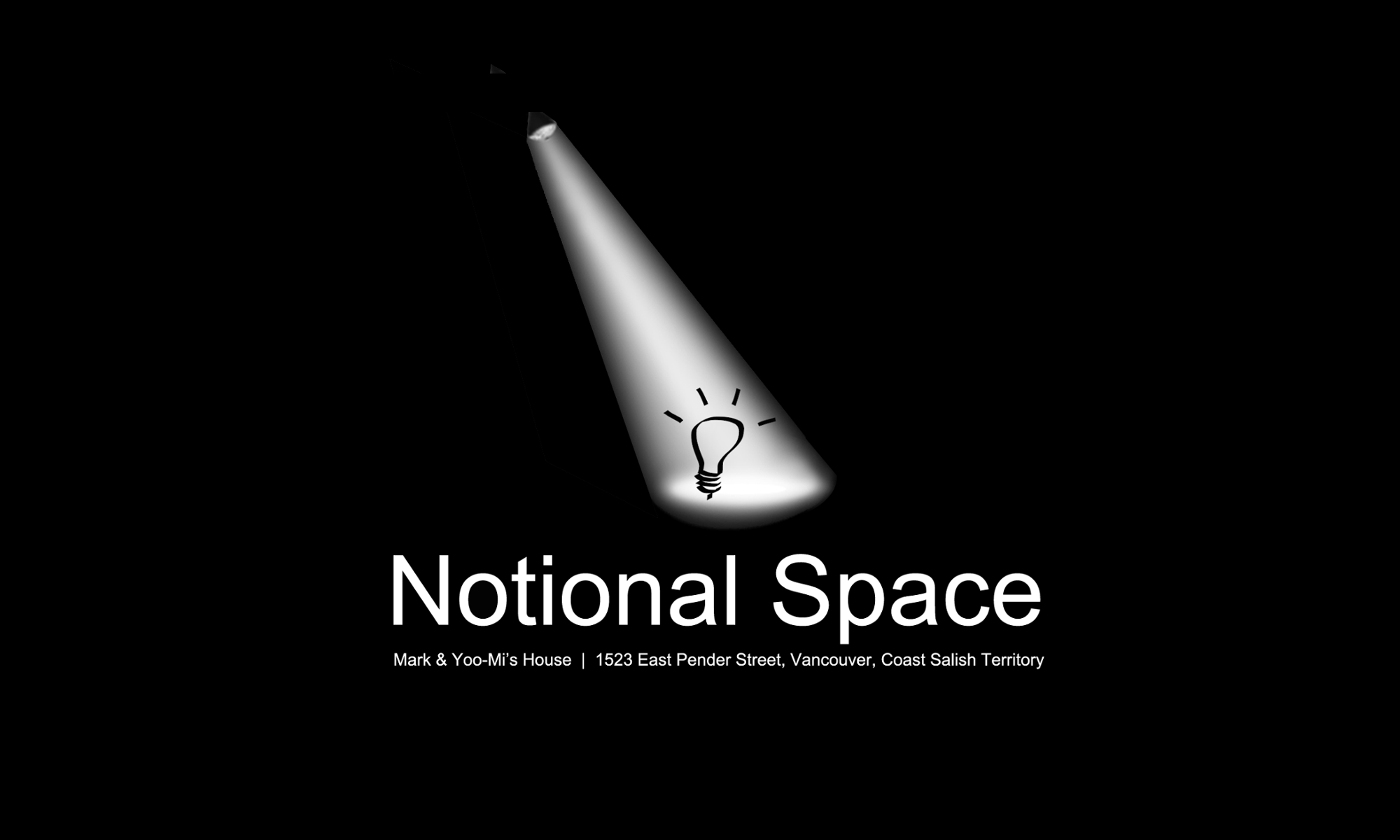GIFT ECONOMY: Themes and Variations
In its simplest form, the gift economy is not hard to comprehend: it is an arrangement for the transfer of goods or services without an agreed method of quid pro quo. Indeed, there may be no expectation or mechanism of exchange whatsoever; hence, the “gift” aspect of the interaction.
But things get complicated quickly. Application of gift economy principles varies widely; and there is, perhaps, considerable disagreement about what constitutes a gift economy transaction. Is every act of generosity, in effect, a gift economy transaction? Does every transfer of goods and services that lacks a predetermined price or definitive method of exchange qualify? The assessment is sometimes complicated and confounding.
Essential Elements of a Gift Economy Transaction
There are three essential features to any gift economy transaction. The first is that there is an act of selflessness on the part of the producer of the goods or services. This does not necessarily mean that they intend to confer the benefit without remuneration, though that is often the case; but there must be some element of altruism that transcends calculations of self-interest as judged within the narrow perspective of the transaction itself.
The second element of a gift economy transaction is that it entails an element of “free play” in the transactional structure – particularly in opposition to the dominant modes of exchange in the prevailing market economy – which fundamentally alters the way in which the giver and the recipient measure value. Thus, while in the market economy prices are usually established by the provider of the goods or services, in the gift economy the roles are often reversed, with the recipient shouldering the responsibility to place a value on the benefit. Most importantly, the gift economy calls into consideration larger social objectives extending beyond the intrinsic value of the goods or services. Market-based exchange tends to focus on the inherent value of the product – measured by the material conditions of production, relative functionality or emotional satisfaction, and relative abundance or scarcity – and therefore tends to externalize both the true social costs and instrumental social benefits associated with consumption. By contrast, the producer in the gift economy is motivated by a systemic faith that giving freely strengthens the basic social fabric, benefiting everyone, even if the transaction is quite limited, specific, and without any broad, overtly social purpose.
The final component of gift economy is, perhaps, the most transformative and far-reaching, although it is also the least visible. Ideally, a gift economy transaction is not a single transaction at all; it aims to be a vector of giftings and re-giftings. Whereas market economy transactions tend to be bound within a single, reciprocal exchange, gift economy transactions involve catalyzing a process of selfless giving which induces the recipient of the benefits to, in turn, confer a benefit selflessly on another. This chain-reaction quality of the gift economy is commonly referred to by the phrase, “pay it forward”. (This phrase is extremely useful, enshrined as it is in popular culture; but it is also extremely problematic, since the concept of “payment” is firmly rooted in the market economy and is fundamentally inconsistent with gift economy principles.) Instead of incurring a moral obligation to remunerate the giver, the recipient is inspired (although without obligation) to become the next giver in an ongoing altruistic process.
Illustrations of Gift Economy Activity
There are a number of transaction models that are said to fall within the gift economy. How well do they fare against the rules of recognition described above?
Charitable Donation: unreciprocated philanthropic gifts of money, goods, or service. This mode displays the purest of altruism and a clear conferring of economic (or economically measurable) benefit. Donations of time or resources are clearly gift economy transactions. Ironically, these transactions generally evoke the gift economy ethos in less overt ways than the more contrived, innovative modes.
Collectivism: the common pooling of the society’s resources, redistributed without regard to contribution. Early collectivist hunter-gatherer societies are sometimes considered gift economies, but these forms of sharing are probably best described as embracing socialist ideals, rather than gift economy principles. Some collectivism falls nicely within the gift economy model, however; for example, the North American First Nations Potlach tradition or its modern, culturally agnostic, role-reversed namesake, the potluck dinner party. The differing levels of contribution people make to these collaborations reflect their differing assessment of the value of the events as well as differing decisions about how they will participate within the social networks.
Cooperativism: where individuals (rather than the entire social network, as in Collectivism) conspire to create things of social value, made openly available and free-of-charge. Famous examples include the open-source software movement, wikis like Wikipedia (and this site), citizen journalism portals, and collective volunteerism projects like charityfocus.org.
Donation Requested: where goods or services are ostensibly gifted, but come with moral suasion for remuneration. Does this mode more closely resemble Charitable Donation, Pay It Forward, or Pay As You Will? A case-by-case assessment would be required to pass judgment.
Pay As You Will: where the buyer, not the seller, sets the price of exchange. While this mode of establishing value may have an element of “free play” about it, this alone does not bring it within the gift economy. The expectation of exchange nullifies the gifting quality of the transfer and the focus remains on the intrinsic value of the goods or services, not on broader social utility. And not all Pay As You Will systems are transgressive of the market economy. Consider, for example, the common practice of tipping.
Pay It Forward: where the consumer receives a benefit with the tacit understanding that payment to the producer will be applied to the giving of similar benefits to others in the future. There can be legitimate debate about whether this conceit carries a transaction beyond the Pay As You Will model. In cases where meaningful social contribution is significant factor in the valuation exercise and the activity involves systemic participation rather than transactional participation, this mode is an archetype of the gift economy. Where the communitarian intention of the producer, the instrumental social value in the mind of the recipient, and the incentives or inspiration to carry the gifting forward are weaker, the gift economy bona fides are also weaker and the antithetical element of simple exchange is difficult to overlook.
Portion of Proceeds Donated: where the seller pledges to donate only a part of the proceeds of the sale, usually some or all of the profit margin. This model demonstrates the difficulty of identifying gift economy transactions. Is the gift component of the transaction simply a marketing ploy to increase the volume of sales, presently or in the future, or does it represent genuine philanthropy? Variants on this mode include such things as the difference between socially progressive retooling of production or distribution methods to achieve meaningful environmental sustainability and greenmail, the exploiting of token environmentalism as an advertising gimmick. Whether a transaction under this model qualifies as gift economy depends on the true selfless intent of the producer, which be may difficult for the purchaser to divine.
Proceeds of Sale Donated: where the seller gifts both their capital contribution and profit to a charitable or social cause. This presents a fascinating example because, although it is clearly an exchange-based interaction between buyer and seller, it meets all the criteria of a gift economy transaction.
Lessons of the Gift Economy
The common thread among the various modes of gift economy transactions is that the giver of goods or services contributes as much to a systemic appreciation of communitarianism and interdependence as to the individual recipient of the benefit.
The gift economy represents an optimistic perspective, engendering attitudes of compassion and generosity, favoring a outlook of relative abundance over relative scarcity, and based on faith that others will also be motivated to favor the common good over individual advantage, at least from time-to-time and in ways that are socially significant.
The gift economy shifts perspective in another important way, forcing a reappraisal of the manner in which we think about and measure value. This awareness can carry-over into to normal market transactions as well, sparking consideration of the consequential costs and benefits of specific acts of material consumption which are otherwise externalized from the price.
Finally, the gift economy reminds us of the interconnection of our lives to other human lives, to non-human lives, and to the non-living world. It offers a broader perspective on the ripple effects of our other-regarding actions, even if the specific consequences remain mostly invisible to us. It demonstrates, transaction-by-transaction, that each of us has the power to positively influence collective behaviour within our communities and throughout the world.
****************
About This Essay
Notional Space represents one form of gift economy endeavour; but there are many, and they diverge broadly. In 2009, I was asked by my dear friend Nipun Mehta to write an explanation of gift economy for a project by openDemocracy. I knew from the outset how challenging this seemingly straightforward task would be. As U.S. Supreme Court Justice Potter Stewart famously observed about pornography, some things are easy to recognize and yet quite difficult to define.
I have thought long-and-hard about the gift economy since 2004, when I was first introduced to the concept by my friend and colleague John Silliphant. I have been fortunate to participate in the birth of Seva Café, which in-turn gave birth to Karma Kitchen — experiments designed to nurture and teach about the gift economy and to provide a space to promote and celebrate service within the everyday world. I have also been privileged to witness the birth and success of two brilliant gift economy projects by Uma Prajapati’s Upasana Design Studio. In the wake of the 2004 Indian Ocean tsunami, Tsunamika dolls, made from scrap cloth by women from devastated fishing villages, quickly gained international recognition as both an important livelihood rehabilitation project and a poignant reminder of the resilience of the human spirit. The subsequent Small Steps project applied gift economy principles to high-fashion environmental activism to serve as a vital reminder of the complex, often-subtle consequences of our patterns of material consumption.
And then there is my beloved ServiceSpace, which for nearly two decades years has been in the forefront of developing creative ways for people to play in the space of service.
So, I agreed to take a shot at producing a short essay. It would be an opportunity to see if I could synthesize anything of value from my considerable exposure to such high-practitioners of the gift economy art. I decided to approach this “definition” as a sui generis think-piece, devoid of any research or background reading. I wanted to try to compose rules-of-recognition from scratch, without allowing my ideas about the gift economy to be coloured by the conceptions of others — much of which, frankly, is long on fuzzy-headed feel-good and short on rigour.
The essay above is unedited from the draft that was published in 2009.
MBJ

